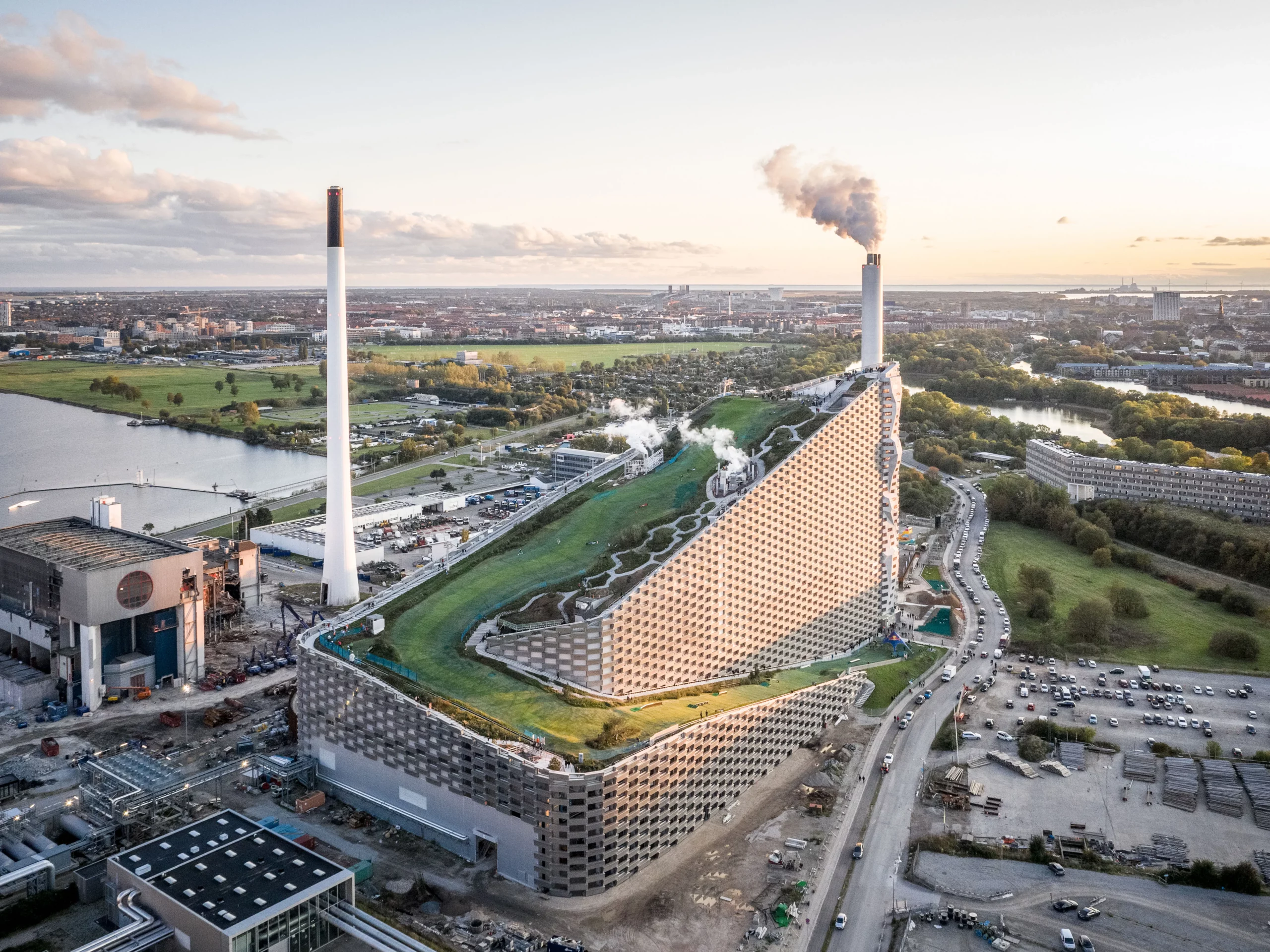In the face of ongoing climate change, architects and urban planners are increasingly recognizing the urgent need to design and construct buildings that are resilient to the impacts of a changing climate. The architectural response to climate change involves implementing strategies to mitigate environmental impact, adapt to shifting conditions, and create resilient structures that can withstand climate-related challenges. By incorporating sustainable design principles, innovative materials, and advanced technologies, architects play a crucial role in building for resilience and addressing the environmental challenges of the 21st century. Let’s explore key aspects of the architectural response to climate change.
Sustainable Design and Energy Efficiency
Architects are integrating sustainable design features that reduce the carbon footprint of buildings. This includes passive solar design, energy-efficient building envelopes, high-performance glazing, and the use of renewable energy systems such as solar panels and geothermal heat pumps. These strategies not only reduce greenhouse gas emissions but also lower energy consumption and enhance the resilience of buildings to energy supply disruptions.

Climate-Adaptive Design
Architects are incorporating climate-adaptive design principles to address the risks posed by extreme weather events such as storms, floods, and heatwaves. This includes elevating structures in flood-prone areas, utilizing resilient building materials that can withstand high winds and impact, and designing passive cooling strategies to mitigate heat stress in urban environments.
Green Infrastructure and Urban Resilience
Architectural responses to climate change involve the integration of green infrastructure in urban settings. This includes urban forestation, green roofs, permeable pavements, and rain gardens, which improve stormwater management, reduce urban heat island effects, and enhance the ecological resilience of urban environments.
Resilient Materials and Construction Techniques
Architects are exploring resilient building materials and construction techniques that can withstand the impacts of climate change. This includes the use of durable, fire-resistant, and flood-resistant materials, as well as adopting innovative construction methods such as cross-laminated timber and prefabricated modular systems that enhance the resilience and efficiency of building structures.
Adaptive Reuse and Retrofitting
In response to changing climate conditions, architects are increasingly involved in the adaptive reuse and retrofitting of existing buildings. This involves repurposing and renovating structures to improve energy performance, enhance climate resilience, and extend the lifespan of buildings, reducing the environmental impact associated with new construction.
Community Engagement and Resilient Urban Planning
Architects and urban planners are actively engaging with communities to develop resilient urban planning strategies that address climate change impacts. This involves integrating public spaces, green corridors, and disaster-resilient infrastructure into the urban fabric to enhance community resilience and adaptability.
Embracing Innovation and Technological Solutions
Architects are leveraging digital design tools, building information modeling (BIM), and advanced simulation software to optimize building performance, analyze climate data, and inform design decisions that enhance climate resilience. Additionally, the integration of smart building technologies and sensor systems supports early detection of climate-related risks, improving building resilience and occupant safety.
Conclusion
In conclusion, the architectural response to climate change is critical in creating buildings and urban environments that are resilient, sustainable, and adaptable to the challenges posed by a changing climate. By embracing innovative design strategies, sustainable materials, and community-focused urban planning, architects are playing a pivotal role in building for resilience, addressing climate challenges, and creating a built environment that can withstand and thrive in an uncertain climate future.
